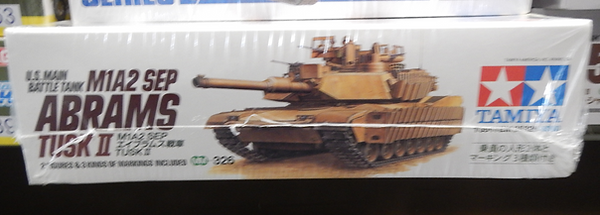working to make science better For the 118 indvidual WIS elements, GO to MORE in the menu above . . .





Uranium U
Where is uranium used--or where does it impact your everyday life?
Uranium Symbol: U
Atomic number: 92 Atomic Mass: 238.03
Position on the periodic table: Actinide
f-block
Period number: 7
Melting point: 1,132 oC (2,069.6 oF)
Boiling point: 3,818 oC (6,904.4 oF)
Reaction with air (oxygen): Uranium oxidizes in air: U + O2 --> UO2
Reaction with water: Uranium is reactive with water.
Electron configuration: 2, 8, 18, 32, 21, 9, 2 [Rn] 5f3 6d1 7s2
Source: LANL.gov
Researcher Lilly A-D
Uranium is a nuclear fuel.
Uranium oxide was used in colored glazes for pottery in the 1930s and beyond. A colorful line of crockery was Fiesta Ware produced by the Homer Laughlin China Company in Pittsburg, PA, USA. The bright colors, red, yellow, cobalt blue, green, ivory and turquoise could be mixed and matched. Colors changed in the 1960s when pastel colors were introduced. The orange pieces shown were the "red" color and often described as "radioactive red". The uranium oxide glaze is radioactive.
New glazes are now used and it is only the orange vintage crockery that is radioactive. The vintage pieces are recognized by the script-type writing of the word fiesta on the back of the plate.
The beige and blue salt cellars do not have uranium compounds in their glazes--only the "radioactive red" items.
'm a paragraph. Click here to add your own text and edit me. I’m a great place for you to tell a story and let your users know a little more about you.

Above
Seniors, class of 2016, investigating nuclear chemistry during their IB Chemistry Energy option
To left
Name of mineral: Uraninite
Formula of mineral: (UO2) contains a small amount of radium as a radioactive decay product of uranium.
Where found in the World: Shinkolobwe, Democratic Republic of the Congo.
Viewed at the National Air and Space Museum, Washington DC during a Chemistry One field trip
Photographer: Rafael B

A sample of a uranium ore, Sabugalite, HAl(UO2)4(PO4)4.16H2O from Egletons, France on display at the National Museum of Natural History, Washington DC during a Chemistry One field trip.
WIS Photographer

Samarskite (YCeFeU)3(NbTiTa)5O16 Webb mine, Yancy County, North Carolina, USA viewed during a Chemistry One field trip to the National Museum of Natural History in Washington, DC, USA

Depeted uranium is used in a wire mesh with other composite material to increase the strength of the Abrams tank armour. An image of a model kit of an Abrams M1A2 tank is shown. Photographed at the Hobby Shop in Chantilly, Virginia, USA.
WIS Photographer
Depleted uranium contains less than 0.72 % uranium-235 present in normal samples of uranium that are mainly the uranium-238 isotope. (Depleted uranium is closer to 0.3 % uranium-235)

Only orange Fiesta ware from the 1950s and earlier contains uranium in the "radioactive red" glaze.
Modern Fiestaware uses other (non-radioactive) materials for the glazes. Here is a display from 2014 in Macys
WIS Photographer

Uranium-238, the most common isotope of uranium) decays by a decay series, which starts off with alpha particle emission to form thorium-234 and then beta decay to protactinium-234.
238 U --> 234 Th + 4 He (alpha particle = 4 He)
234 Th --> 234 Pa + 0 e (beta particle = 0 e [with negligible, 0, mass])
{Reminder: alpha particles are the least penetrating radioactive emission. They are helium nuclei--so VERY small but are blocked by an index card, clothing and even skin and a few centimetres of air.
Beta particles [NOT present in a smoke detector] are more penetrating and are high energy electrons--even smaller than alpha particles--but they can be blocked by a few millimetres of aluminum.
Gamma radiation os the most penetrating of all radioactive emissions--and is short wavelength ray that will pass through meters of concrete and quite a few centimetres of lead--also NOT in a smoke detector}

